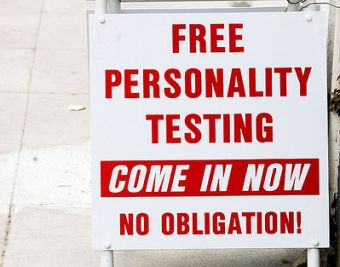
There are many different types of scientific personalities. There’s the enthusiast who incites excitement about every experiment in the lab. He/she is good at generating ideas, sparking new experiments and keeping lab morale high. The enthusiasts are tempered by the more practical researchers who, while some may say are lab-downers, make sure all the controls are in place and enough repeats done to ensure solid data.
These different personalities also exert themselves in the way we approach every experiment. For example, I have noticed two distinct ELISA personalities: the direct or indirect researcher.
If you are direct….
- You get to the point quicker. Direct ELISAs tend to be quicker because you only use one antibody and there are fewer incubation and washing steps.
- Your signals rarely get crossed. You don’t have to worry about cross-reactivity with the secondary antibody.
Being direct isn’t for everyone though. As indirect people will point out, there are some disadvantages:
- You have to spend more time prepping. While you may get to the point quicker in the end, the prep work is more time-consuming. You will need to label every primary antibody you use in your ELISAs.
- Your price tag is higher. Being direct is an expensive way to go – primary antibodies aren’t cheap, you know.
- It could be tricky. You could ruin the immunoreactivity of your primary antibody by sticking a tag on it.
If you are indirect….
If you are an indirect scientist, than the directs will accuse you of taking a long time to get to the point. In fact, it’s kind of true:
- Your ELISAs take more time due to the added incubation and wash steps.
- And your results could take some figuring out if you have cross-reactivity with your secondary antibody.
But don’t despair. There are many good reasons to be indirect:
- You save money. You can buy one labeled secondary antibody that can be used in many different experiments.
- You are also the most flexible. You can use different primary antibodies with the same secondary, and you can use different tags with the same primary (by varying the secondary).
- And most important of all, your ELISAs are the most sensitive. Your primary antibody isn’t compromised in binding to its target due to a tag being stuck on it. In addition, you have signal amplification when more than one secondary antibody binds to a primary antibody.
Direct orindirect scientists both have their place when performing ELISAs. Don’t worry what your peers might say, be the type of researcher that your assay requires.
Who knows, you may be on the other side in a month or so!
Photo courtesy of Thomas Hawk.

Leave a Reply